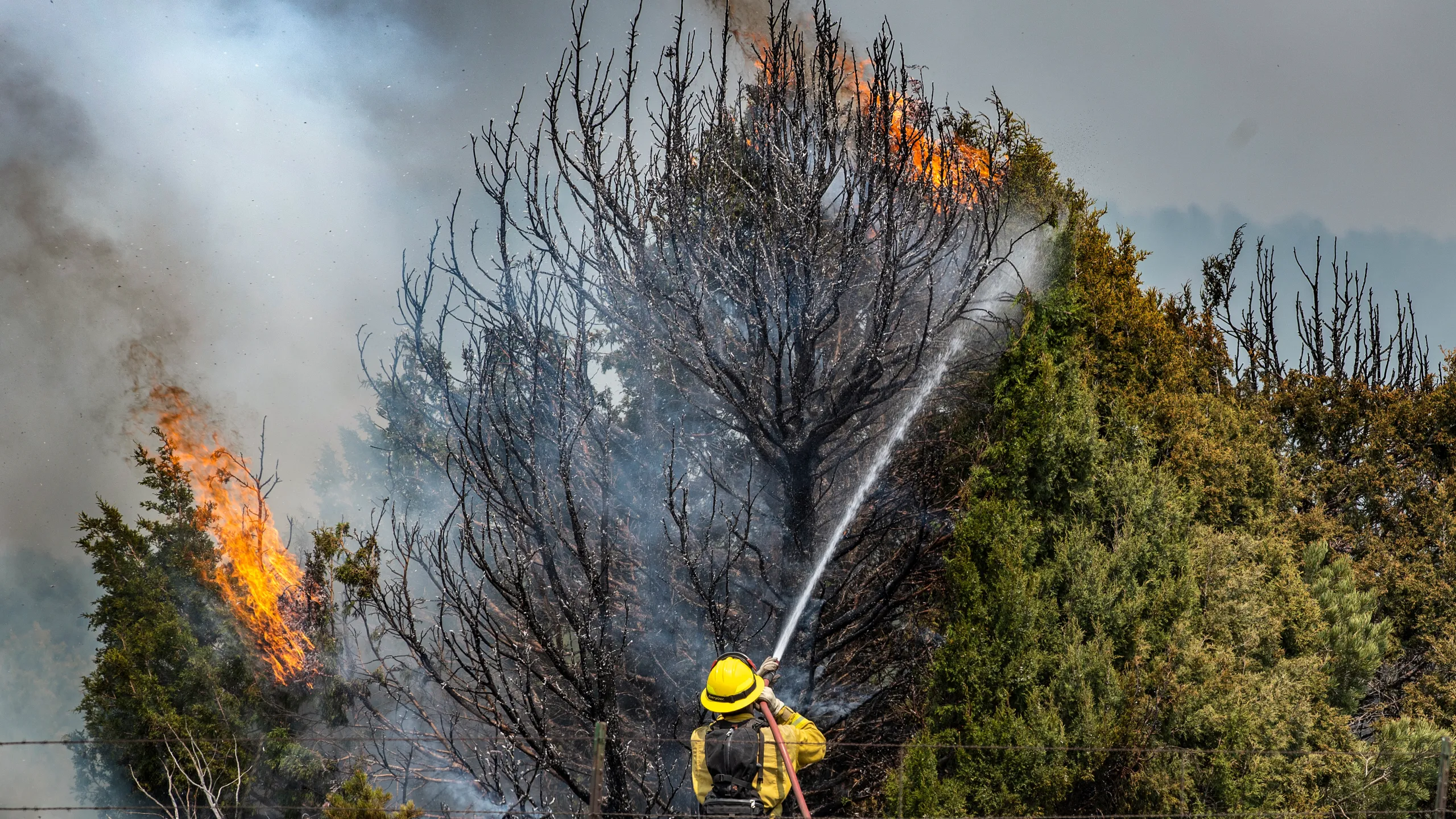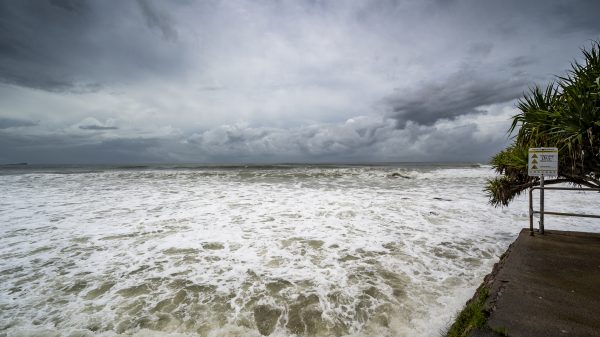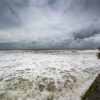A Red Flag Warning has been issued for the Highlands and Central regions of New Mexico as dangerous fire weather conditions persist through Saturday evening. This warning is a result of a combination of strong winds, dry conditions, and low humidity, all of which significantly increase the potential for wildfires.
Why is the Red Flag Warning in Place?
The National Weather Service issued the Red Flag Warning due to the combination of high winds, extremely dry conditions, and very low humidity levels, making it a prime time for wildfires to ignite and spread quickly. These dangerous weather conditions include:
-
High Winds: Winds will be blowing at 20-30 mph, with gusts reaching up to 50 mph in some areas. These strong winds can carry embers across large distances, making it difficult to control any fires that break out.
-
Low Humidity: Humidity levels are expected to stay extremely low, ranging from 5-15%, which makes it easy for fires to start and spread in the dry vegetation.
-
Warm Temperatures: The high temperatures will exacerbate the dry conditions, further raising the risk of fires starting and spreading quickly.
What Does This Mean for Residents?
Residents of the affected areas should take the Red Flag Warning seriously. The combination of wind, dry conditions, and low humidity creates an environment ripe for wildfires. Here are some things you can do to stay safe:
-
Avoid Outdoor Fires: Do not engage in outdoor burning of any kind, whether it’s grilling, burning leaves, or lighting bonfires. Even small sparks can lead to a wildfire under these conditions.
-
Be Cautious with Equipment: Avoid using outdoor equipment that could cause sparks, such as lawnmowers, chainsaws, or power tools. These tools could easily start a fire in a dry environment.
-
Prepare for Evacuations: If you live in a high-risk area, it’s important to have an evacuation plan in place. Familiarize yourself with multiple routes out of your neighborhood in case you need to leave quickly.
Fire Safety Tips During Red Flag Conditions
Here are some essential fire safety tips for when a Red Flag Warning is in effect:
-
Clear Combustible Materials: If you live in a rural or forested area, clear dead grass, leaves, and brush away from your property. This helps reduce the fuel for any potential fires.
-
Check Fire Safety Equipment: Ensure that you have fire extinguishers, hoses, and other firefighting tools readily available if a fire does break out near you.
-
Avoid Smoky Areas: If a wildfire does start, the smoke can be dangerous to your health. If you’re in an area with smoke, consider staying indoors with the windows closed.
What Are Firefighters Doing to Prepare?
Firefighting efforts are being ramped up across the state, with New Mexico’s fire departments on high alert. Firefighters are ready to respond if a fire breaks out, but high winds could make it challenging to contain any flames. Authorities are encouraging the public to be especially vigilant and to report any signs of fire immediately to prevent further escalation.
-
Local Communities on Alert: Local officials and emergency responders are keeping a close eye on the weather, with fire crews prepared for a rapid response. However, the high winds make it difficult to predict where wildfires might start.
-
Evacuation Readiness: If you live in a fire-prone area, be prepared for the possibility of evacuation. Know where you can go, and make sure you have essential items packed in case of an emergency evacuation.
When Will the Red Flag Warning End?
The Red Flag Warning is expected to last until 8 PM Saturday, as wind speeds are forecasted to drop and temperatures will begin to cool down. However, dry conditions may persist, and residents should remain vigilant even after the warning expires.
What’s Next for New Mexico’s Weather?
While the fire risk will decrease after Saturday evening, dry weather conditions are expected to continue across the state, meaning the potential for more Red Flag Warnings in the coming days remains high. Keep an eye on weather updates and continue to follow the advice of local authorities.











